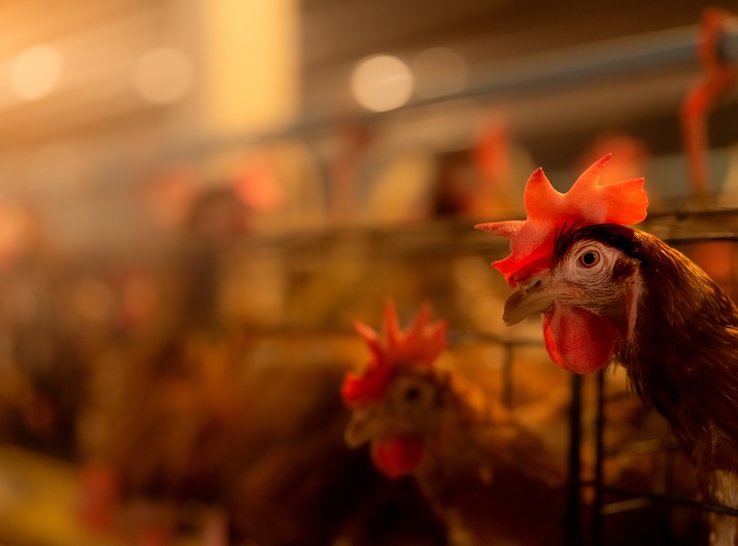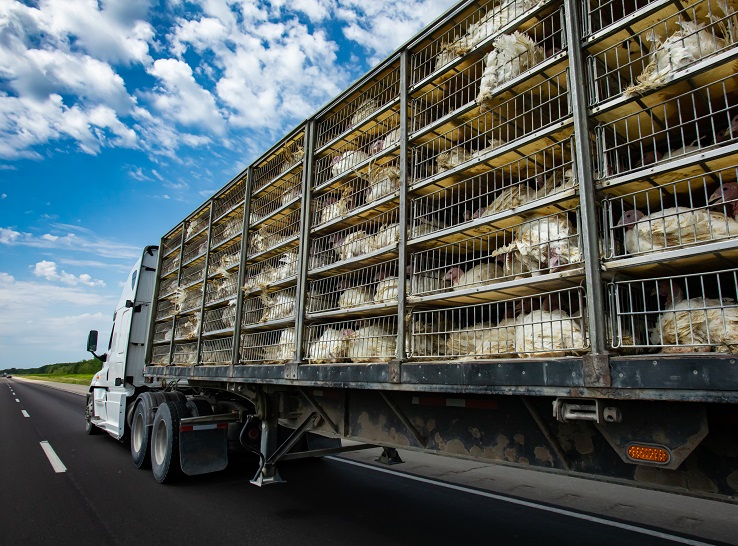The poultry sector has made progress reducing incidence of woody breasts, but it still impacts a significant portion of fillets.
“Breeders will tell us that we should see a 10% year-over-year reduction in woody breast levels,” said Parker Hall, PhD, vice president of research and development at Perdue Farms, Salisbury, Maryland. “And that’s about what we see.”
In a webinar hosted by the Poultry Science Association, Hall outlined the status of poultry quality, options to address it and how best to use the meat.
Woody breast remains the leading quality concern, and it is found throughout the world. In a 2022 Canadian study, 70.5% of fillets received a severe woody breast score, with another 11.8% identified as modest; only 17.7% scored normal.
Double trouble
Complicating matters is the fact that woody breast and other myopathies known as white stripe and “spaghetti meat” — because of its frayed, stringy appearance — often occur together, Hall said. In that same Canadian study, two myopathies were recorded in 85% of breast fillets.
These meat-quality challenges not only pose a risk to consumer satisfaction but also increase costs throughout production and processing. “You have to sort meat differently; treat it differently. So, there are processing costs.”
A 2016 study estimated $200 million in annual losses associated with woody breast, but Hall said “it’s much higher than that now.”
As for the consumer, “There’s no price you can put on a disappointed consumer,” he added. “People will switch proteins if you don’t produce something they like.”
Complex and multifactorial
Woody breast has been well researched, but spaghetti meat deserves, and is now getting, more attention. “These are complex and multifactorial conditions,” Hall noted. “They are influenced by demographics, health, husbandry and environmental factors.”
In a Canadian study that looked at eight significant variables for spaghetti meat and nine for woody breast, the results showed that as live weight increases the odds of developing spaghetti meat and woody breast both increase. Woody breast, in particular, is strongly linked to heavy, fast-growing birds.
So, one way to address woody breast is to slow down the birds’ growth and feed-conversion ratio, Hall said. “But there are economic consequences, so you have to weigh that.”
Another common factor is the grow-out environmental temperature. “The higher the temperature, the higher the odds of developing both conditions,” he added.
Other factors — coccidiosis vaccination, source of chicks and lairage hold time — were linked to higher levels of spaghetti meat but lower incidence of woody breast. It’s also possible that post-harvest handling, such as mechanical separation and water chilling versus air chilling, may impact spaghetti meat levels, Hall said.
At Perdue, they investigated whether organic or no-antibiotics-ever production influenced the woody breast outcome and found no differences between the production methods. “We saw 2.6% and 2.5% severe scores, respectively, from 62,599 and 30,723 head; that’s still a lot,” he noted.
Utilization of woody breast
In a series of studies, Perdue evaluated how best to use woody breast meat, the traits of which include higher pH — 5.8 or 5.9 versus 5.6 or 5.7 for a normal breast — higher drip loss, a paler color, lower protein, higher fat and moisture content, and greater cook loss.
The study looked at chopped and formed nuggets and ground-meat patties, evaluating various mixes of normal and woody breast meat. Flavor, texture, appearance, color and preference were all scored.
In general, consumer taste panels preferred a range of mixes; 100% woody breast meat can get too soft/mushy, but 100% normal meat can be too firm and dry. For breaded nuggets, up to 75% woody breast meat is acceptable; for par-fried nuggets it’s 25%.
“You do get a lower cooked yield at 20% inclusion,” Hall noted. “So, that’s the penalty.”
For patties, no more than 33% of severe woody breast meat should be added in order to retain product performance, he said. “It’s product and situation dependent, but that’s the guidance we use and have not had a problem with performance or quality. We found a way to use the woody breast meat effectively.”
And, for more good news, he added, “Over time, normal levels are increasing and severe [woody breast] is decreasing.”






